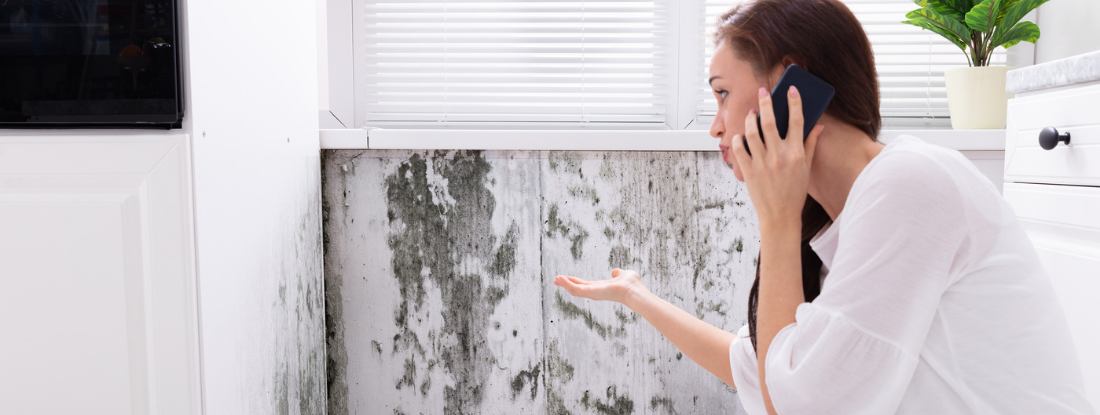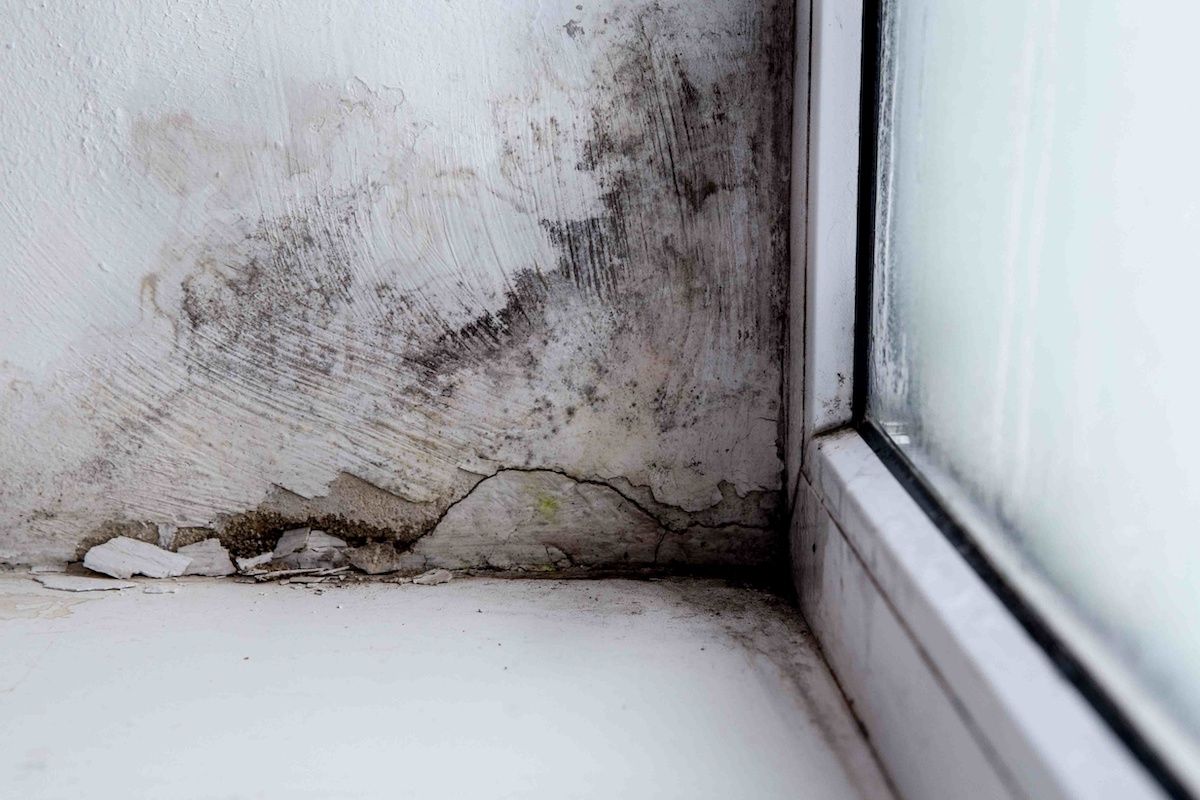Crucial Steps After Mold Remediation
Crucial Steps After Mold Remediation
Blog Article
Your Ultimate Guide to Article Mold And Mildew Remediation Techniques
Navigating the world of post-mold removal strategies is a careful process that demands attention to detail and a comprehensive understanding of the complexities included. In the after-effects of mold infestation, recognizing how to effectively eradicate the mold and mildew and avoid its reoccurrence is vital for keeping a healthy indoor setting. From choosing the right cleaning and decontaminating techniques to executing techniques for long-term mold and mildew prevention, each action in the remediation journey plays a critical function in guaranteeing an effective result. As we begin on this expedition of post-mold remediation strategies, we will uncover the vital techniques and ideal methods that can assist you restore your area to its pre-mold problem and secure it against future mold and mildew risks.
Understanding Post-Mold Removal Process
After finishing the mold and mildew removal procedure, it is critical to understand the post-mold remediation techniques that are necessary to ensure a complete and reliable clean-up. Once the mold has been eliminated, the next action involves cleaning and decontaminating the influenced areas to avoid any type of regrowth of mold and mildew. This includes using specialized cleansing representatives to clean down surfaces and kill any kind of continuing to be mold spores. It is necessary to dry out the area completely to discourage the development of mold in the future (After mold remediation). Proper ventilation and dehumidification can assist in this process.
Furthermore, conducting a final assessment post-remediation is crucial to guarantee that all mold has actually been efficiently eradicated. This assessment ought to involve a complete aesthetic check as well as potentially air tasting to confirm the lack of mold spores in the air. Additional remediation may be necessary if the evaluation reveals any type of lingering mold. Finally, enlightening passengers on safety nets such as regulating moisture degrees and immediately addressing any water leaks can assist preserve a mold-free environment.
Reliable Cleaning and Disinfecting Techniques

Protecting Against Future Mold And Mildew Development

Relevance of Correct Ventilation
Correct ventilation plays a vital function in preventing wetness buildup, a crucial element in mold and mildew development within interior settings. Reliable ventilation systems aid eliminate excess humidity from the air, minimizing the chances of mold and mildew spores finding the wetness they need to spread out and sprout. Without sufficient air flow, indoor rooms can end up being a breeding ground for mold and mildew, leading to possible health risks and architectural damage.
By making sure correct air flow, air flow systems can also assist in drying damp areas faster after water damage or flooding cases, further preventing mold and mildew growth. Post Mold Remediation Report. In rooms like restrooms, basements, kitchen areas, and attics where dampness levels tend to be greater, installing and maintaining effective ventilation systems is critical in protecting against mold infestations

Surveillance and Upkeep Tips
Offered the vital role that correct ventilation plays in avoiding mold and mildew growth, it is crucial to establish reliable tracking and upkeep ideas to guarantee the ongoing performance of air flow systems. Routine examinations of air flow systems need to be performed to examine for any kind of indications of blockages, leakages, or malfunctions that can impede appropriate airflow. Surveillance humidity levels within the residential property is additionally crucial, as high moisture can add to mold and mildew growth. Setting up a hygrometer can help track humidity degrees and sharp house owners to any spikes that may call for moved here attention. In addition, guaranteeing that air filters are consistently cleaned or replaced is essential for preserving the performance of the ventilation system. Executing a routine for regular maintenance tasks, such as duct cleansing and HVAC system inspections, can assist protect against issues before they intensify. By remaining conscientious and proactive mold removal siding to the condition of ventilation systems, property owners can efficiently alleviate the threat of mold and mildew regrowth and keep a healthy and balanced indoor environment.
Verdict
In verdict, post-mold remediation techniques are essential for guaranteeing a clean and secure setting. Recognizing the process, implementing reliable cleaning and disinfecting approaches, stopping future mold development, preserving proper air flow, and regular monitoring are all vital action in the remediation procedure. By adhering to these standards, you can effectively get rid of mold and mildew and avoid its return, functioning or promoting a healthy and balanced living space for all owners.
In the results of mold and mildew infestation, recognizing just how to successfully get rid of the mold and mildew and prevent its reoccurrence is extremely important for maintaining a healthy indoor atmosphere. As soon as the mold has actually been removed, the next action involves cleansing and disinfecting the impacted locations to prevent any kind of regrowth of mold - After mold remediation. After removing visible mold development, it is crucial to cleanse all surfaces in the damaged location to eliminate any type of continuing to be mold and mildew spores. To even more improve mold and mildew prevention procedures, it is essential to deal with underlying problems that at first led to mold and mildew growth.Offered the critical function that appropriate ventilation plays in protecting against mold growth, it is necessary to develop effective surveillance and maintenance ideas to make certain the ongoing capability of air flow systems
Report this page